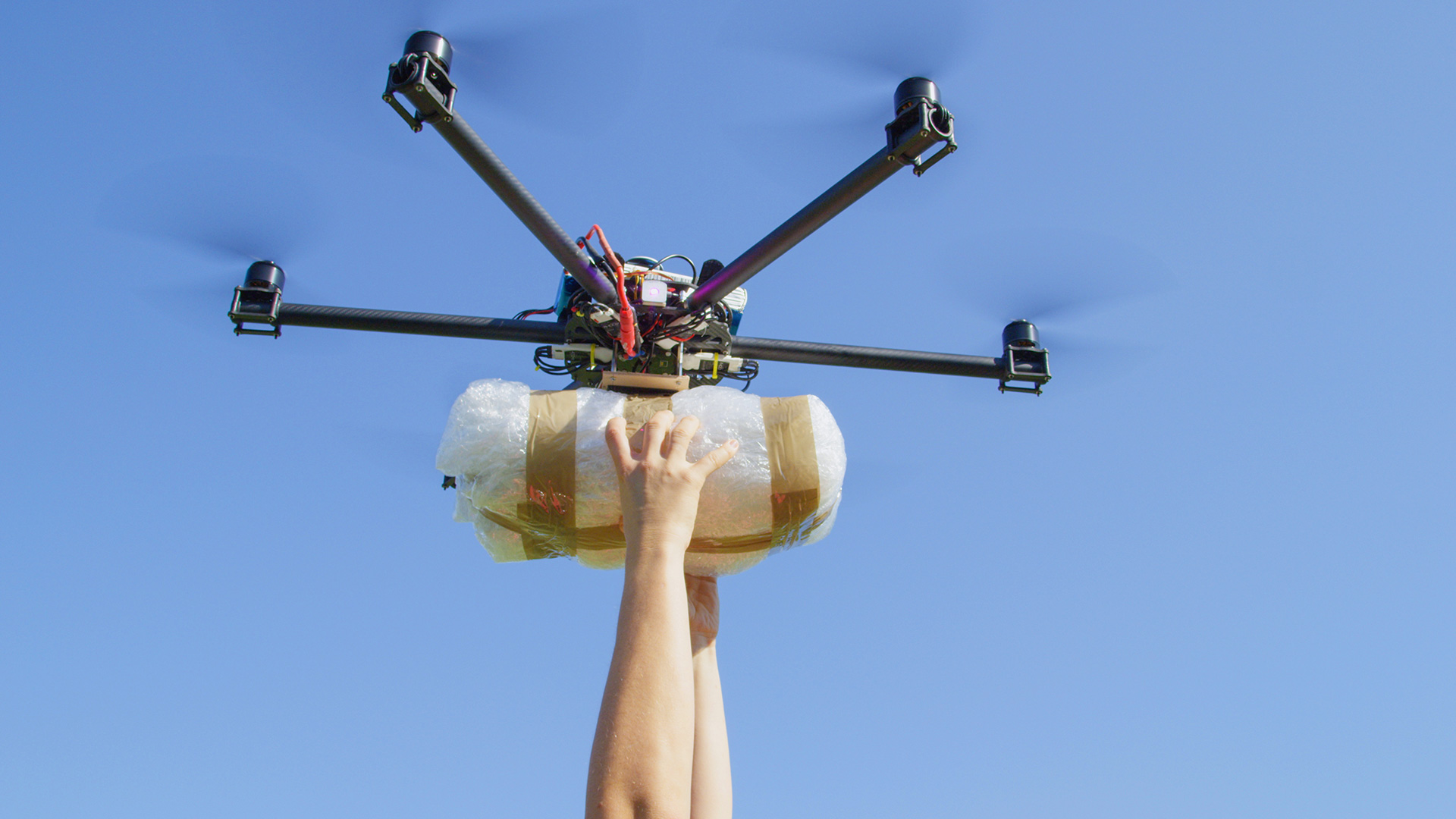
Drones, once synonymous with hobbyists and military operations, have found a new and illicit purpose: drug smuggling.
Law enforcement experts are warning about the increasing use of drones by criminal organizations worldwide to traffic drugs and evade police detection. Drug lords, cartels and smugglers have been turning to the technology to transport illegal substances across borders, effectively using them as drug mules.
In North America, Mexican cartels have reportedly deployed drones to carry cocaine, meth and heroin across the U.S. border, with the Drug Enforcement Administration (DEA) also raising concerns about the potential use of drones for delivering lethal synthetic opioids like fentanyl.
There have also been cases of firearm smuggling across North American borders, with a 2022 caseinvolving a drone transporting a gun from the U.S. to Canada.
In the Punjab region of India, border officials intercepted a record 107 drones transporting heroin sent by smuggling gangs from Pakistan.
Meanwhile, in the Middle East, the Jordanian air force shot down a drone carrying crystal meth from Syria, highlighting the increased use of drones by Syrian smugglers to navigate tightened security at the Jordanian border.
In Europe, drones are used to transport drugs by air and sea between the continent and Africa. Spanish police, for instance, recently seized a massive drone capable of carrying up to 150 kilograms of cargo, employed by a French smuggling gang to traffic drugs from Morocco to southern Spain.
In other instances, drones are used to scout for new smuggling routes to evade law enforcement.
Several factors have contributed to the rise of drones in drug smuggling:
- Cost-effectiveness: Drones are cheaper than traditional smuggling methods, making them an attractive option for criminal enterprises.
- Accessibility: Easily acquired and readily available, drones provide a convenient means for drug traffickers.
- Dependability: Drones reduce the risk of betrayal, as they don’t snitch to authorities if intercepted, offering criminal organizations a more reliable option.
- Low interference: Drones face less interference from law enforcement compared to traditional land or air delivery methods.
- Border evasion: Drones can fly over barriers, walls and checkpoints, allowing for precise and undetected drops.
- Risk reduction: Drug smugglers can operate at a safe distance from dropoff locations, minimizing physical presence and potential risks.
Drones are not limited to drug smuggling; they are also utilized to transport contraband items such as cellphones into prisons.
The exponential increase in drone-related illegal activities has led to the enforcement of no-fly zones around prisons globally.
On the other hand, legitimate businesses, including drugstores and pharmacies, are exploring the use of drones for delivering prescriptions.
As drone technology advances, both criminal enterprises and lawful operations are leveraging these unmanned aerial vehicles for diverse purposes.
Peter Warren Singer, an author and fellow at think tank New America, explained the development succinctly. “Drones have traditionally been used by governments and corporations for what are known as the ‘3 D’s’ jobs that are too dull, dirty, or dangerous for humans,” he said. “For criminals, it is the same, except add in another D: Dependable. A drone doesn’t steal the product and can’t be arrested or snitch if caught.”
As drones become more advanced and widespread, law enforcement faces new challenges in developing effective counter-drone strategies and technologies. The increasing use of drones in criminal activities necessitates constant adaptation and innovation to stay ahead of evolving threats.
In the words of Liam O’Shea, senior research fellow for organized crime and policing at RUSI: “Drones offer opportunities for smuggling in areas where previous routes were too risky, such as prisons and over-securitized borders.:
While currently of limited value to wholesale traffickers, improvements in technology may see drones play a more significant role in illicit activities.





